Part 1: Introduction
Part 2: The right equipment
Part 3: The happy photo shoot
Childlike curiosity
Little rascals
With their favorite toy
Dressing up is fun!
Children's work
Let them join in
Fat buddies
Funny photos
Part 4: From baby bump to teenager
Part 5: Taking photos indoors
Part 6: Outdoor photos
Part 7: Family life
Part 8: Tips and tricks (I)
Part 9: Tips and tricks (II)
Part 10: Archiving, editing and presenting children's photos
Text: Jens Brüggemann
The photos are from: Jens Brüggemann (147), Leonie Ebbert (44), Elli Bezensek (61), Radmila Kerl (26), Ramona Prosch (5), Kay Johannsen (4)
Sketches: Jens Brüggemann (27)
Part 3: The cheerful photo shoot
How to get children excited about a photo shoot
Anyone who has stood or sat in front of a professional photographer's camera knows a thing or two about how out of place you can feel, or how uncomfortable you can feel.
Of course, there are people, especially professional models, who enjoy being in the spotlight and having one or more lenses pointed at them. But most people, including myself - as I found out almost painfully a few months ago - have an aversion to being photographed.
Childlike curiosity
Children, on the other hand, love new things and almost everything is seen as a game at first, including the "posed" photo shoot with the photographer.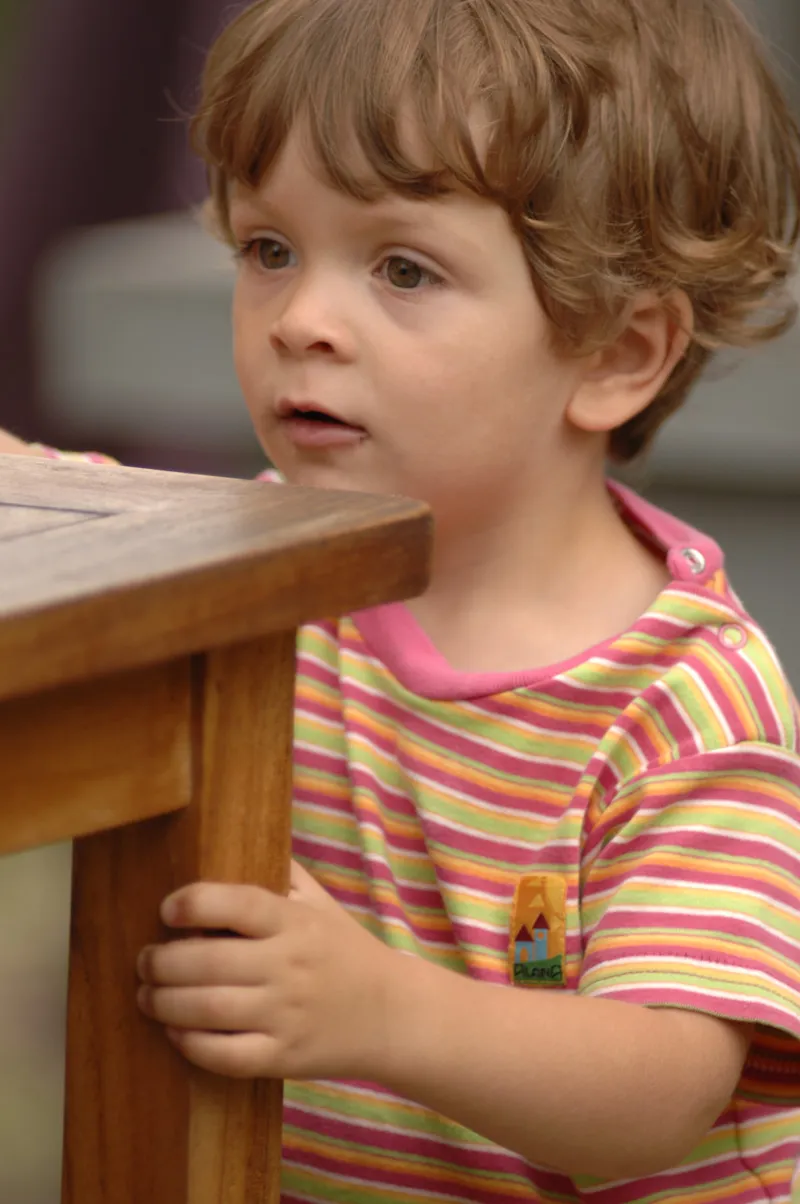
(Photo: Jens Brüggemann)
Of course, this makes things much easier for us photographers, as children's curiosity also relates to being photographed.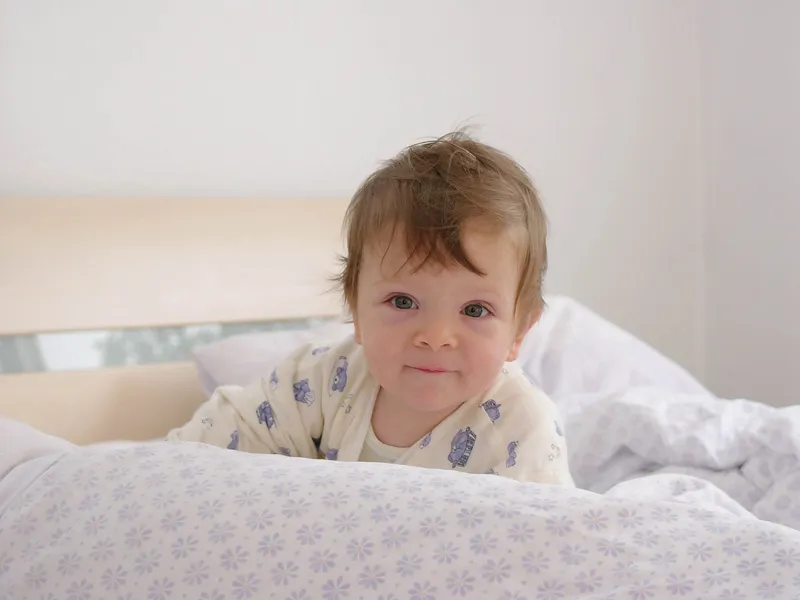
(Photo: Jens Brüggemann)
Unfortunately, the big disadvantage is that the "half-life" of how long a photo shoot is interesting for the little models is quite short:
Children quickly start to get bored. The result: they either become silly ...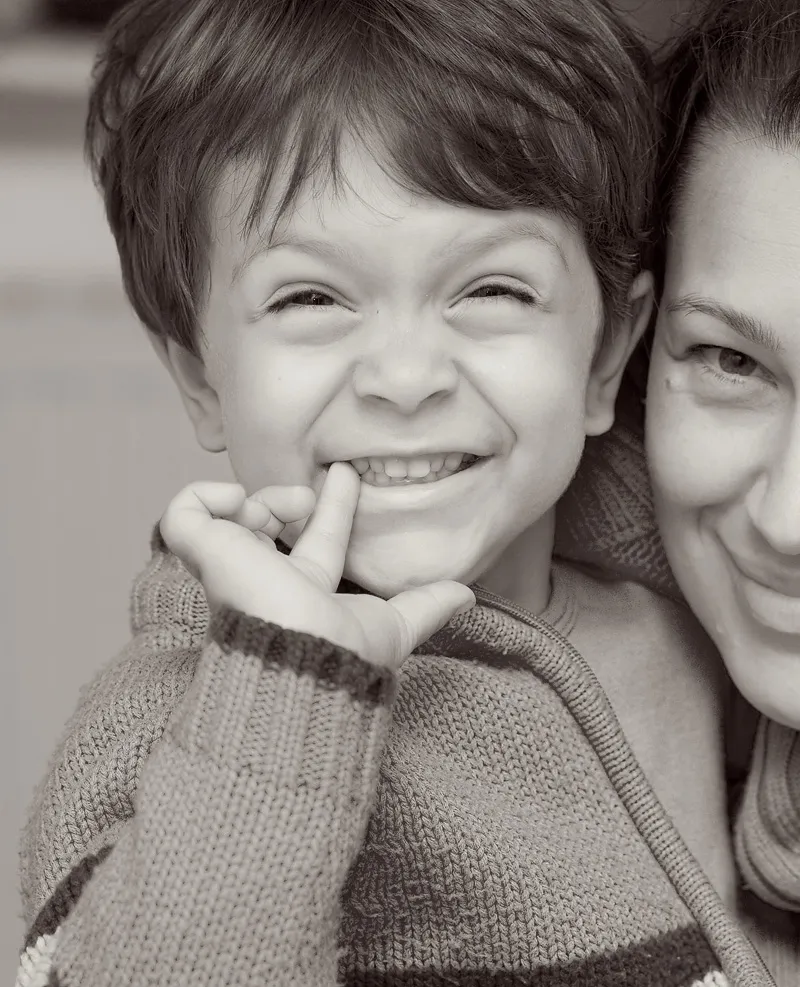
(Photo: Jens Brüggemann)
... or tired ...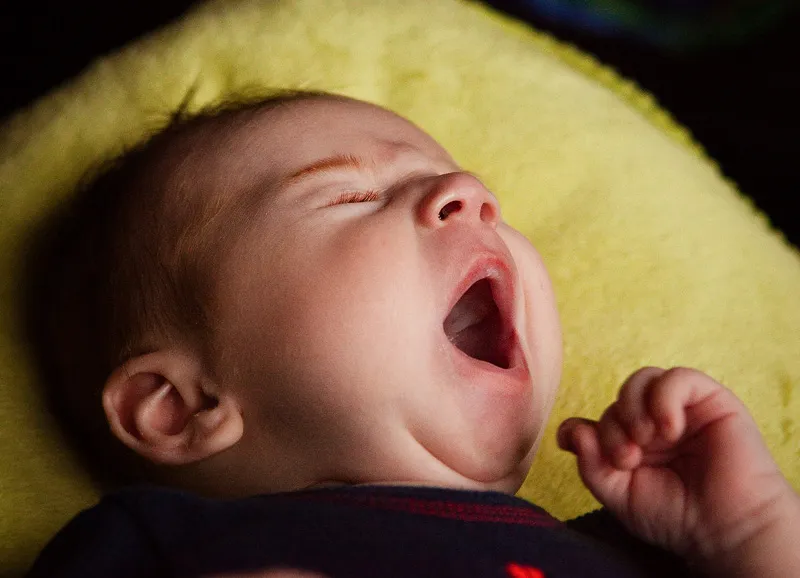
(Photo: Radmila Kerl)
... or they burst out.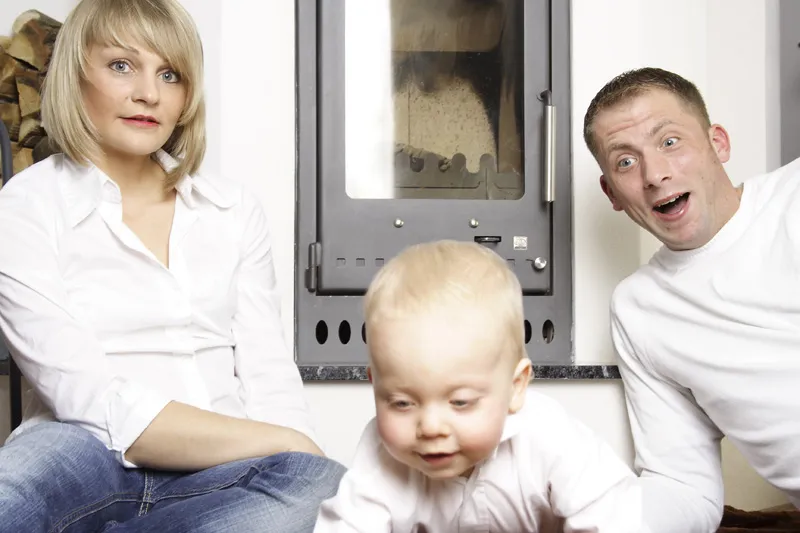
(Photo: Elli Bezensek)
It's a completely different story when the little ones are photographed playing and learning curiously. As long as the photographer stays calm in the background and lets the children "do their thing", great motifs full of childlike curiosity and inquisitiveness are created. The following series shows my son at the age of 7 months "boxing" with a hand puppet.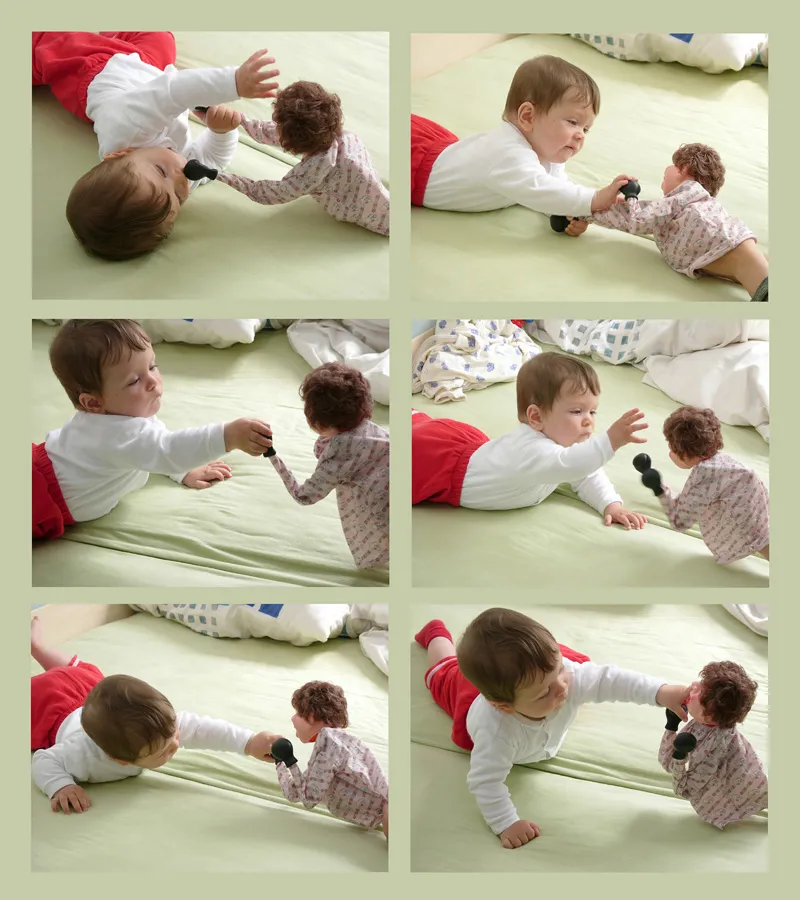
(Photo: Jens Brüggemann)
Little rascals
Children want to have fun and run around. They want to look cool when they play superheroes and daring when they play robbers or pirates. There's only one thing they don't want: to look at the camera in an obedient and boring way, standing still for minutes on end and, in the worst case, not even being allowed to talk ... And yet there are always photographers who try to take just such photos, and stiff parents who dress their children in Sunday clothes and demand just such photos of their offspring (and of the photographer). (Photo: Leonie Ebbert)
Let the little ones have their liveliness, their fun, their zest for action, especially in front of the camera! Give them the freedom to "present" themselves as they feel comfortable ...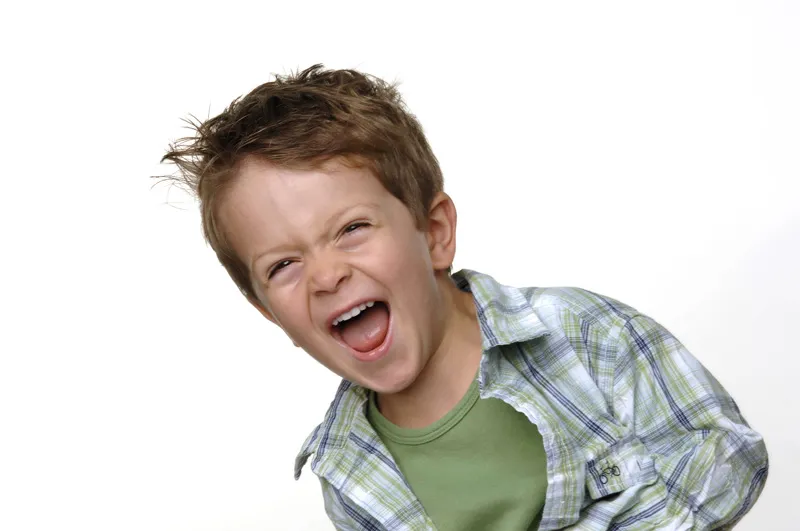
(Photo: Jens Brüggemann)
... and the result will be lively and above all honest photos that show the youngsters just as they are.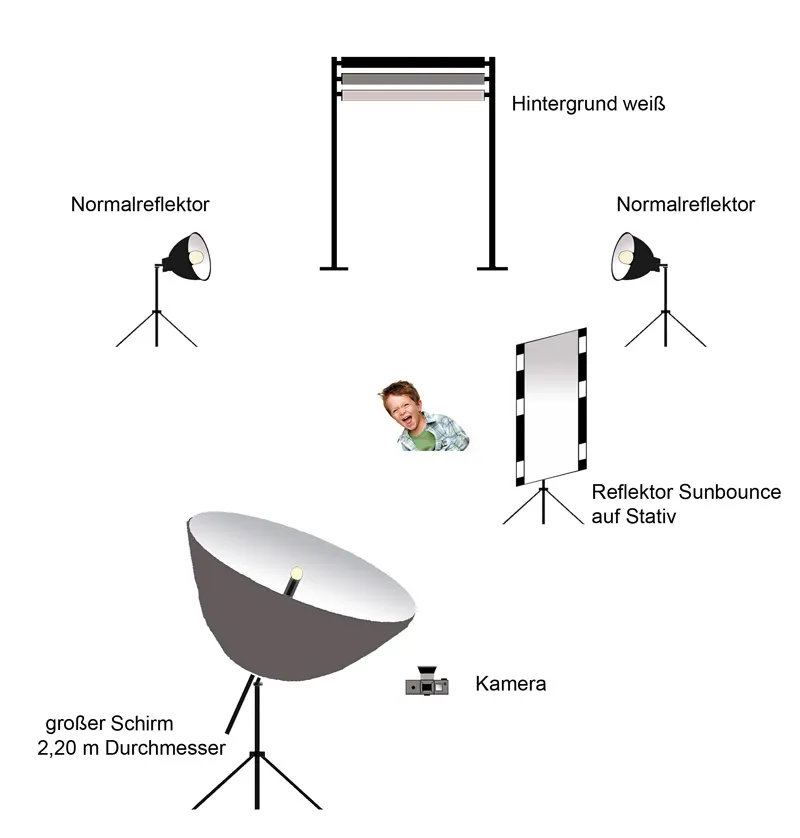
(Sketch: Jens Brüggemann)
With the favorite toy
Toys should be entertaining, fun and calming. Often they are also used for learning or, as in most cases, they fulfill several functions at the same time. If you want to photograph children, this will be easier if the child is allowed to bring their favorite toy to the photo shoot.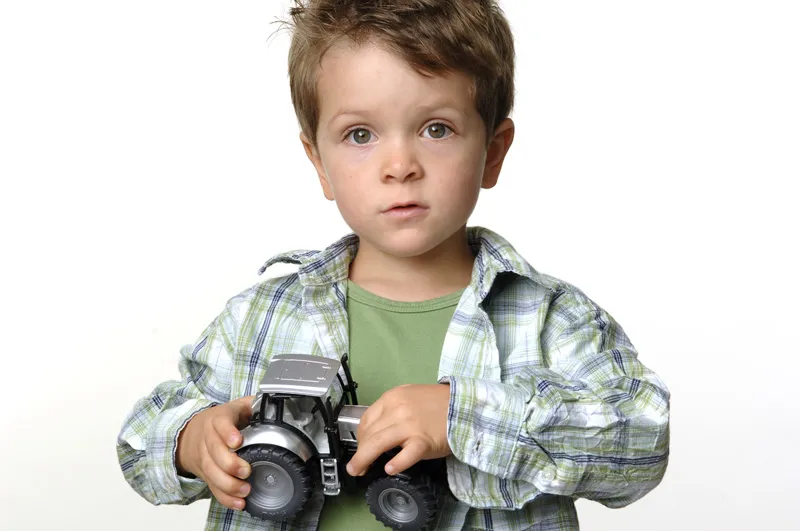
(Photo: Jens Brüggemann)
They will be proud to present them to you. So prepare for this in advance of the photo session, set up the light, set up the background and place your (already preset) camera within easy reach so that you don't miss this beautiful moment.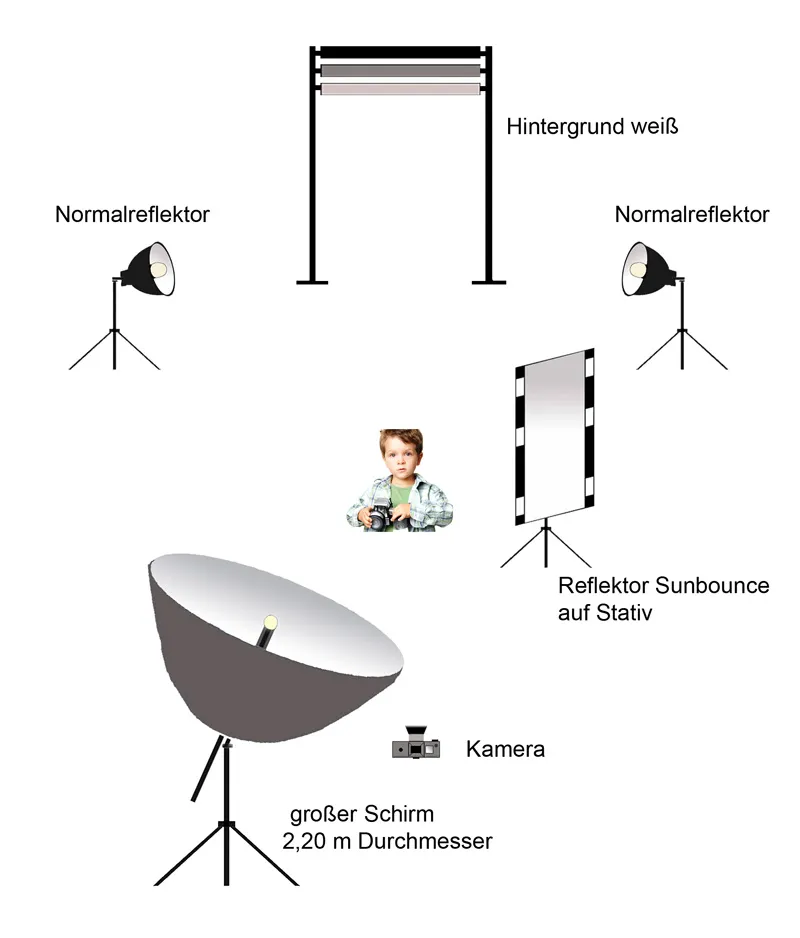
(Sketch: Jens Brüggemann)
But it's just as nice to take photos of the little ones when they are busy playing with their (current) favorite toy!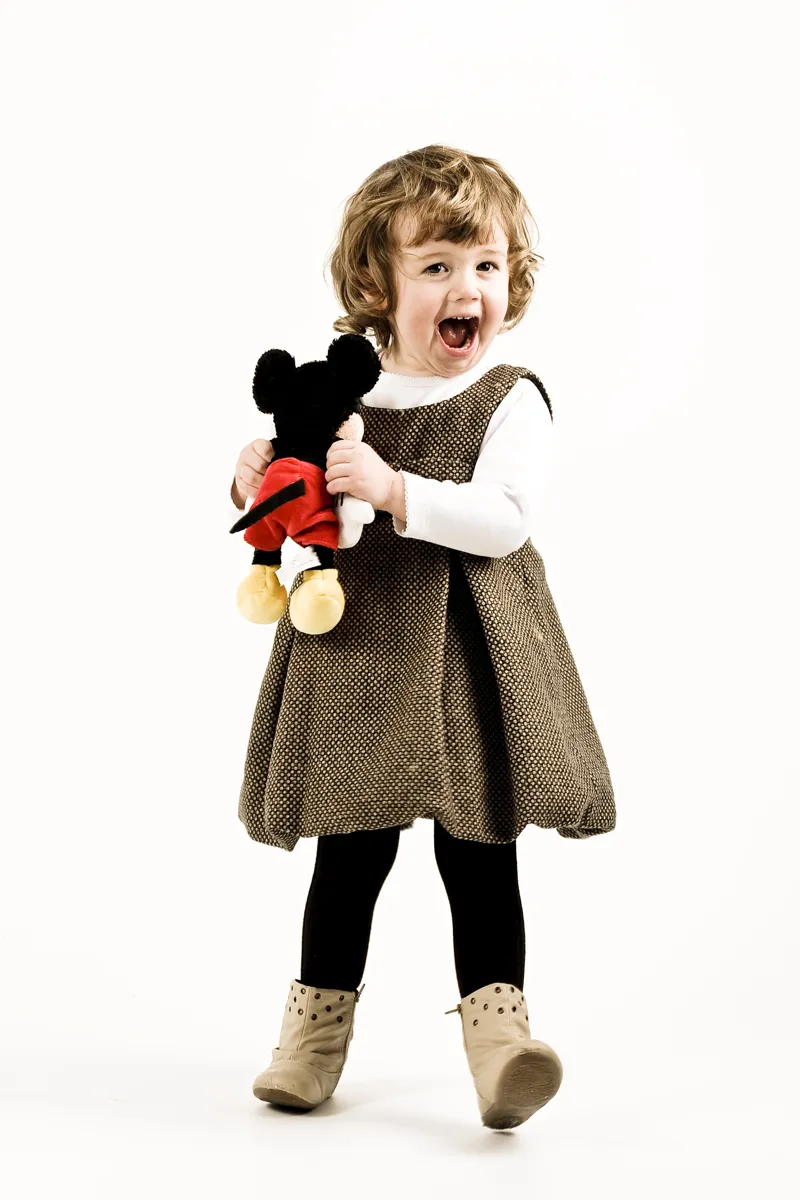
(Photo: Elli Bezensek)
However, make sure that you stay out of the little ones' field of vision as much as possible so that they are not distracted by you. This also includes moving as little as possible or even taking photos from a distance with a telephoto lens.
This is how the Munich photographer proceeded when she took this snapshot of a boy in Uganda who was dreamily playing with his wire motorcycle.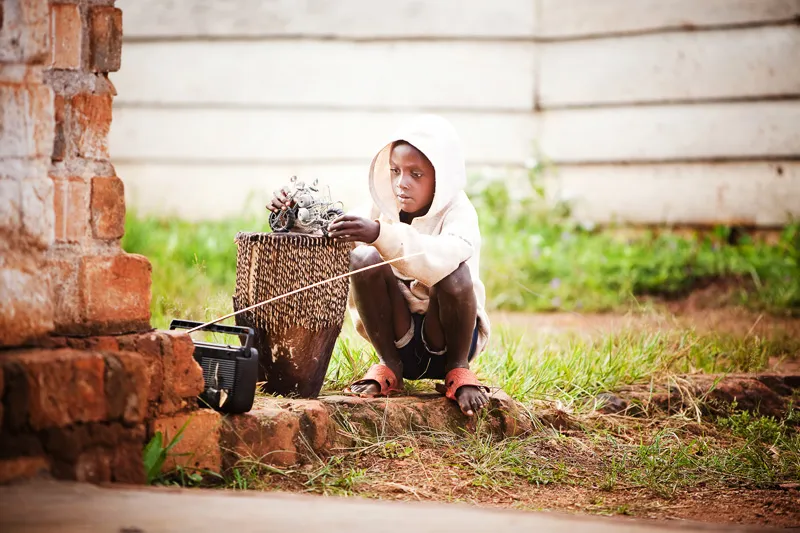
(Photo: Radmila Kerl)
For advertising photos, care should be taken to ensure that the toys the young models are playing with are as new as possible and therefore still clean and intact, i.e. not nibbled or stained, and also free of drool. This applies in particular to soft toys, which can quickly look crumpled or stained.
(Photo: Elli Bezensek)
Dressing up is fun!
Dressing up is fun, not just at carnival time, and that's why you should allow your offspring to dress up as often as possible, because great shots in costume are guaranteed!
(Photo: Leonie Ebbert)
My whole childhood consisted of dressing up. Not a week went by without me roaming around the houses like a pirate, builder, knight, Indian, cowboy, policeman, robber, Batman or Superman ... Children, even the smallest of them, dress up to play, but also to imitate adults.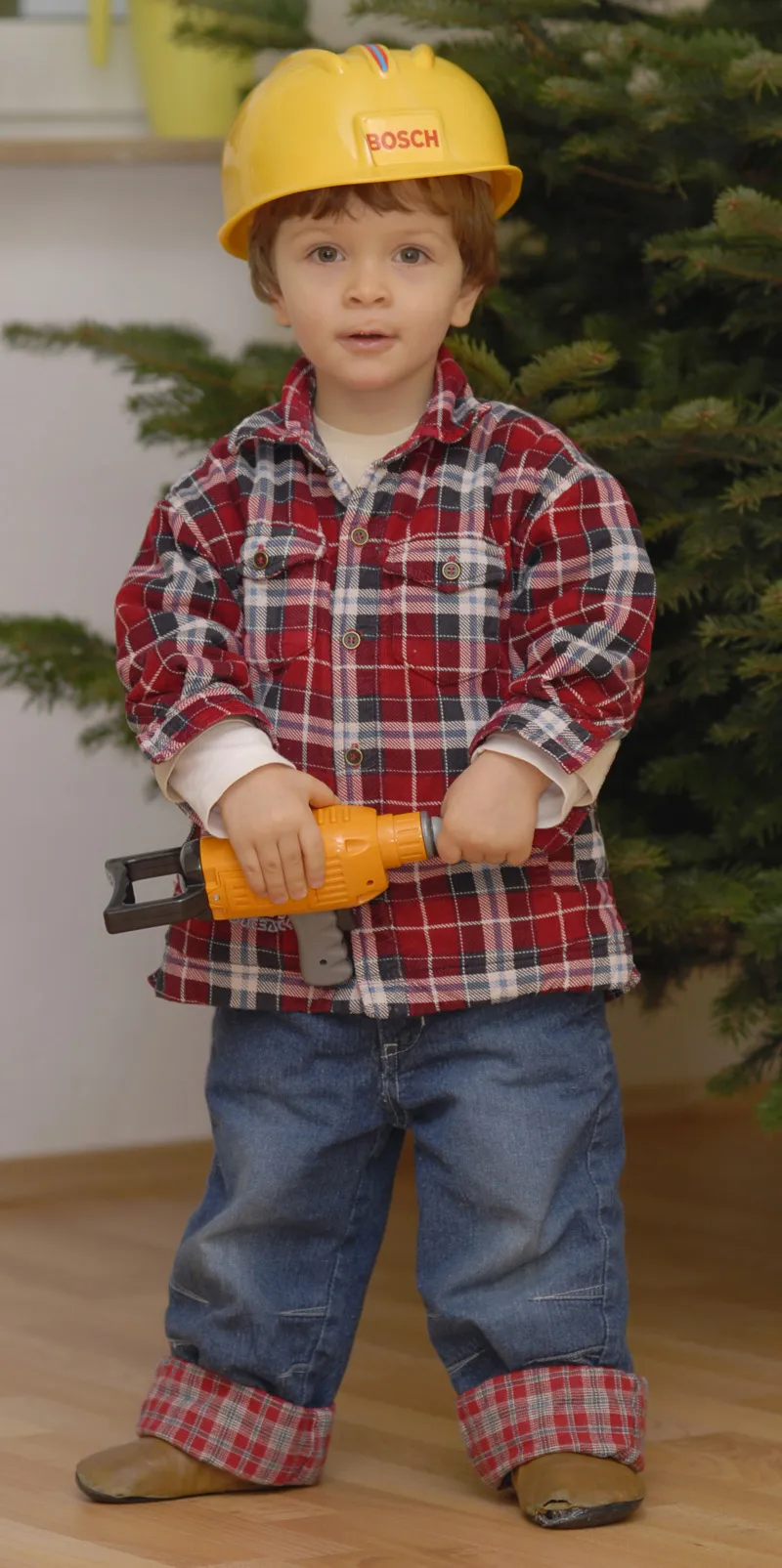
(Photo: Jens Brüggemann)
Children want to emulate their role models, using their almost unlimited imagination. If you work as a children's photographer, I recommend that you stock up on a few (often surprisingly cheap!) costumes at carnival time.
If you need to take photos of (unfamiliar) children in your studio at some point later on who show little interest in the photo session and are perhaps even cranky, you are guaranteed to get them out of their shell with a few superhero outfits! Now they will be happy and eager to get back to work.
By the way, it doesn't always take a whole wardrobe full of costumes to make the little ones shine. This photo by the nineteen-year-old photographer proves that even "minimal equipment" can lead to success, i.e. to an extraordinary photo.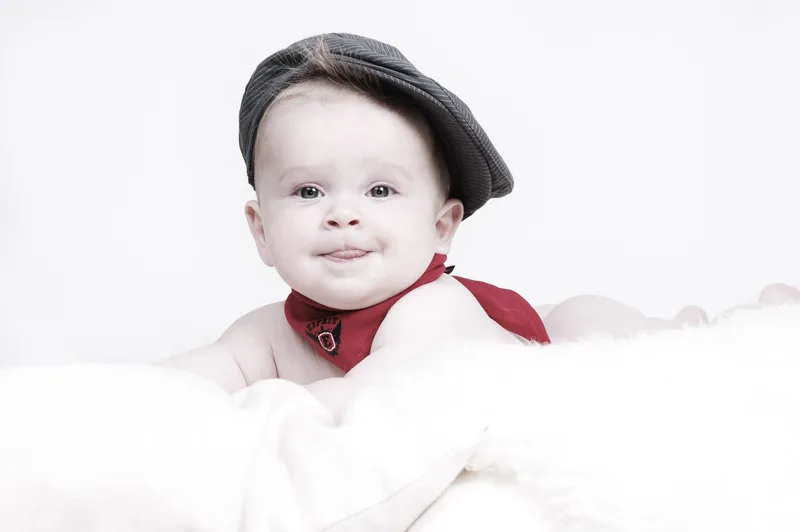
(Photo: Leonie Ebbert)
Child labor
That actually sounds like a contradiction: "Child labor" as a point to the chapter "The happy photo shoot". However, when writing this tutorial series, I chose the subtitle "How to get children excited about photo shoots", and then you'll quickly realize what "children's work" is supposed to achieve, namely to motivate and inspire the little ones for the photos. (Photo: Jens Brüggemann)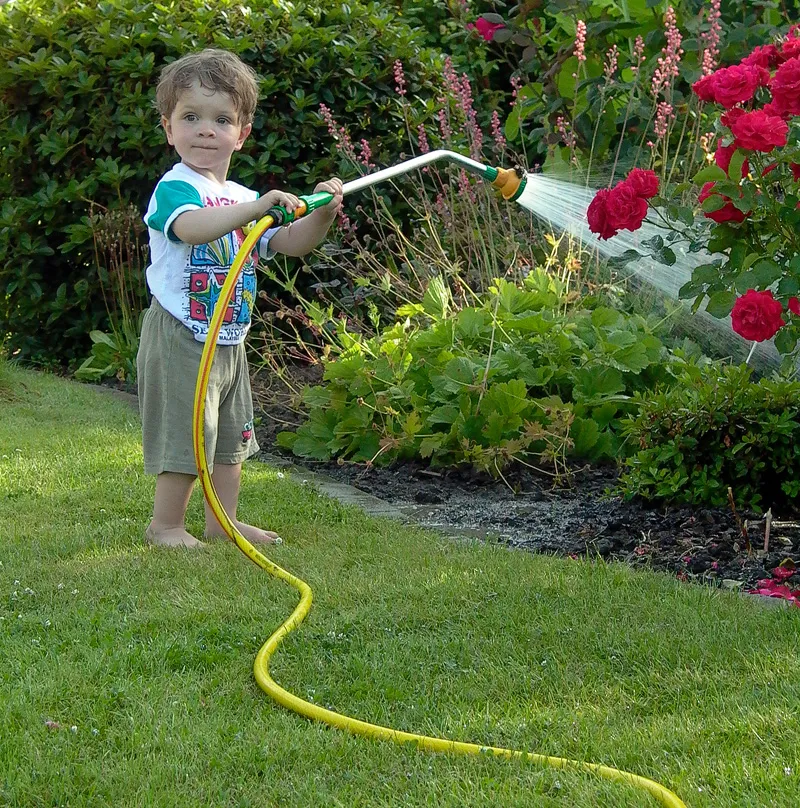
Children feel flattered (but only up to a certain age!) when they are "needed", when they are allowed to help. Children feel important when they can take over work from adults. But they also imitate their parents in order to learn what is inevitably part of growing up and becoming independent!
Take advantage of this playfulness of the little ones! Ask them to help you prepare for the shoot (and this is especially true in a photo studio they are not familiar with), for example by setting up the background together, preparing the props, setting up tripods together, etc. This will increase the young models' motivation to take photos. This increases the motivation of the young models immensely and the (possibly new) environment becomes more familiar to them. They will feel much more comfortable!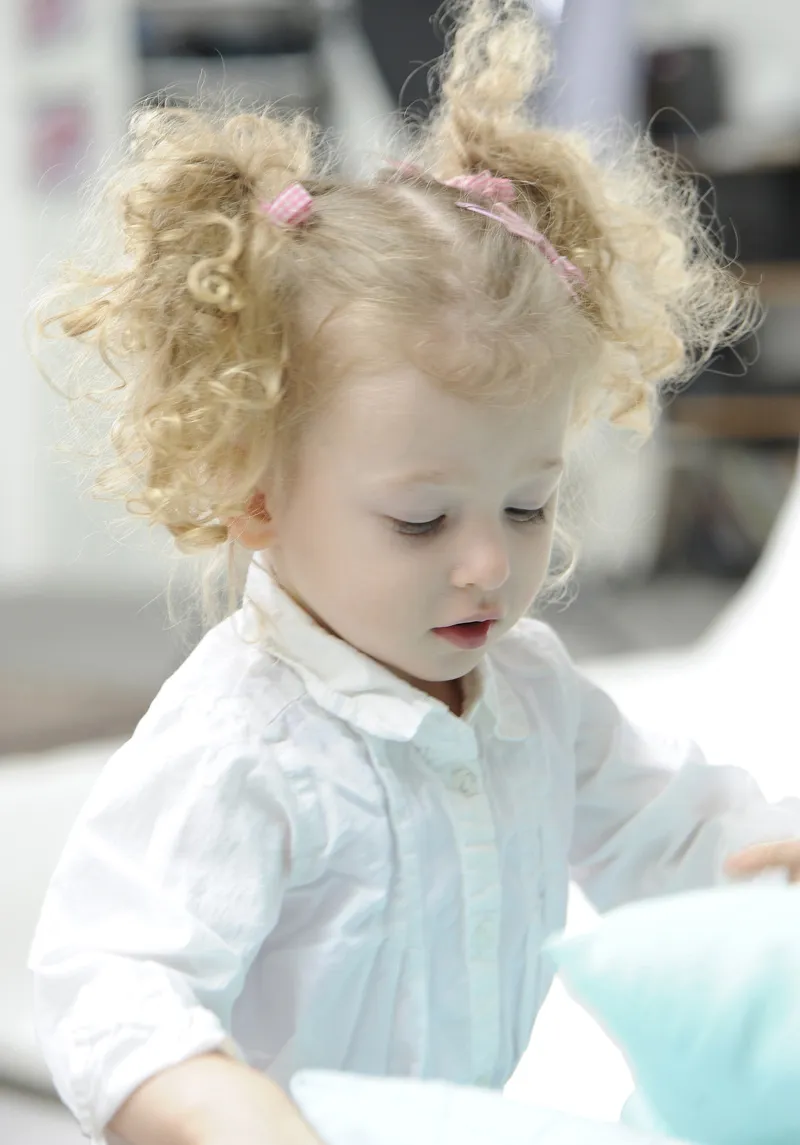
(Photo: Jens Brüggemann)
Let them join in
Another good way of gaining a child's trust is to trust them to do something. Not only, but especially in new surroundings, you should let the kids look through the camera and explain to them what a camera does and what you intend to do when you point the "thing" at the little ones.
My assistant Leonie then regularly offers the little ones the chance to look through the camera's viewfinder and even press the shutter button to take a photo of either the cuddly toy or mom and dad.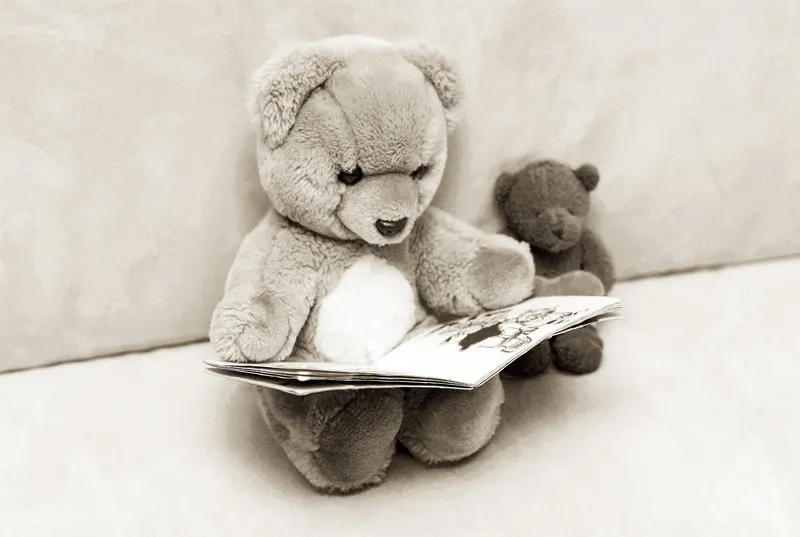
(Photo: Jens Brüggemann)
But make sure that you never let your valuable camera and expensive lens out of your hands completely! Hang the camera strap around the curious offspring's neck and also hold the camera firmly with one hand when the little ones are taking photos of their teddy bear or parents, as a heavy SLR can easily slip out of a child's hand ...
Big buddies
Time and again, as with the following photo (my son and his friend were both 5 years old at the time), my son comes to me with the request to take a photo of him together with his (current) buddy. The desire to document the friendship apparently lives in even the smallest of minds!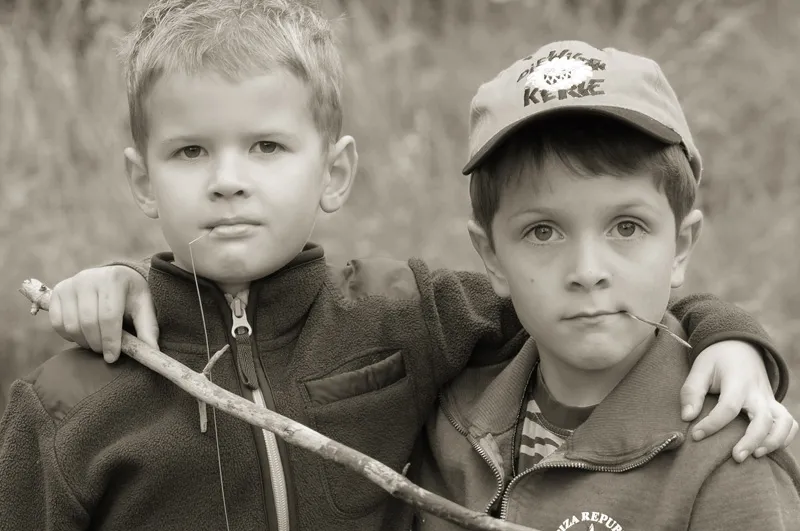
(Photo: Jens Brüggemann)
Our little ones show their attachment to their friends from a very young age, similar to adults, by initially taking their friends by the hand (kindergarten age) and then, from school age at the latest, putting their arm around their shoulders like a buddy. This doesn't change in the course of adult life, as I recently discovered at my father's 70th birthday.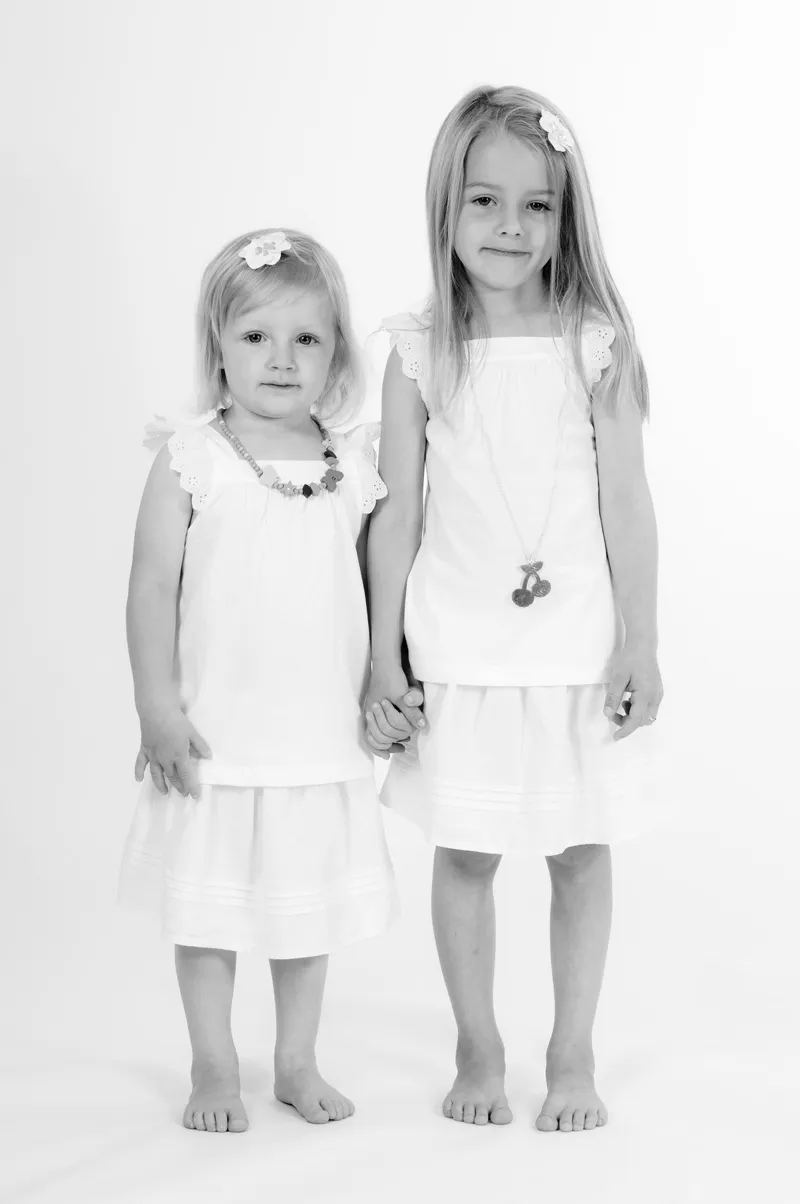
(Photo: Elli Bezensek)
Funny photos
It's not just children, adults are often silly too. But unlike most adults (exception: at carnival and when drunk, which sometimes overlaps), children are very happy to be photographed being silly.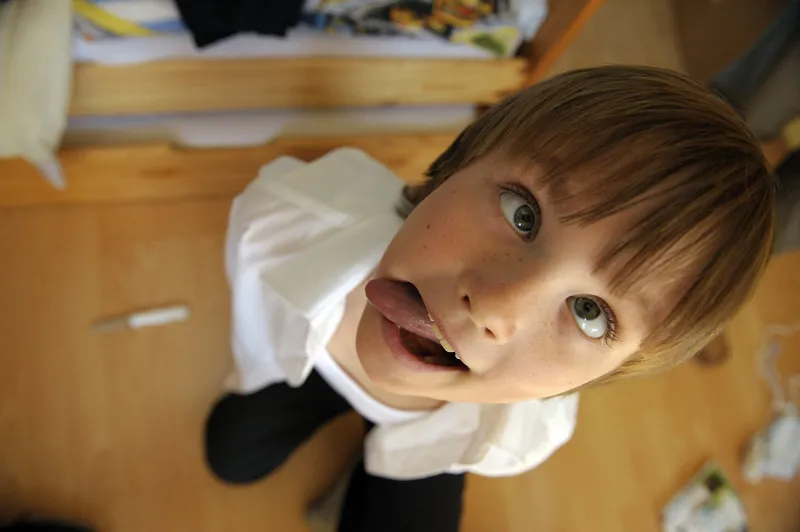
(Photo: Jens Brüggemann)
From the age of about five, my son just got silly as soon as he saw a camera pointed at him. He made (and unfortunately still makes) faces, one more horrible than the other. And the more mom, dad, grandma(s) or grandpa(s) scold him about it, the funnier he finds it ...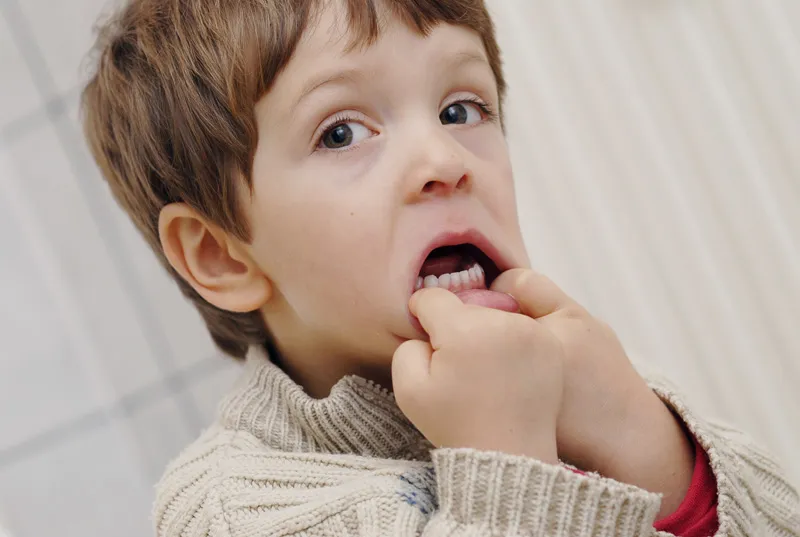
(Photo: Jens Brüggemann)
So why not take a photo of a child making a face? Apparently, this silliness is part of being a child. And now that my son occasionally takes photos with my old compact camera, I can also return the favor, because then I make faces when he takes photos of me sitting in front of the computer, which my son - unlike the adults - thinks is great.
Here is another exemplary pose on the subject of "terrible children's grins" to recreate:
(Photo: Jens Brüggemann)


